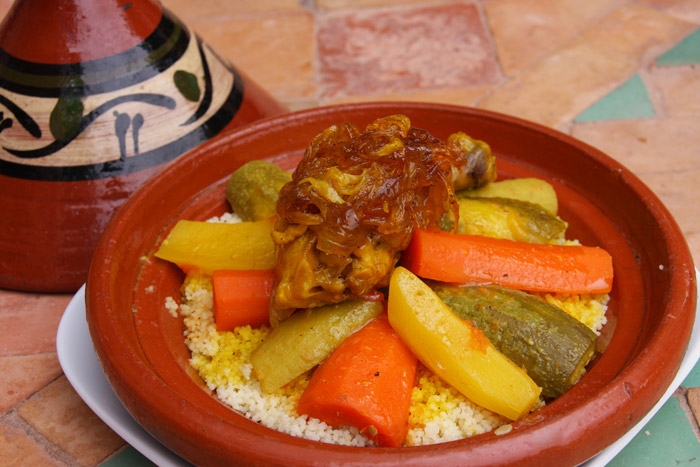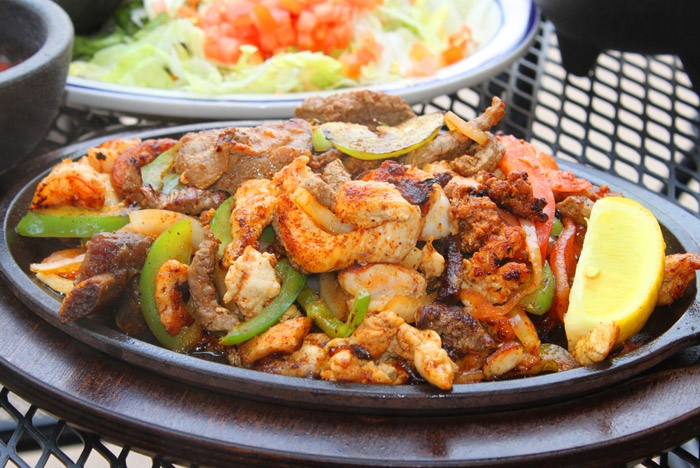
The Balkan Peninsula is a culturally diverse region. Therefore, its cuisine offers a great variety, too. The culinary traditions of the countries that make up the peninsula are as similar as they are different from each other. What contributes the most in terms of variety is the fact that the more you go east, the more you can feel the oriental flavor. In this sense, the Balkans are something like the border between the West and the East, both culturally and culinary.
What follows is a short, but informative, description of three notable types of Balkan cuisine.
1. Bulgaria
Rich in terms of salads and various pastries, Bulgaria offers almost anything a true glutton might desire. The most used meat in Bulgarian meals is pork. A lot of the dishes there are either borrowed or influenced by neighboring Turkey. Most meals are baked or in the form of a stew, while deep-frying is not very popular. Some of the most famous Bulgarian dishes include:
Tarator: A type of a cold soup. The main ingredients include plain white yogurt, cucumber and water, but often added are dill, pressed garlic, sunflower oil and crushed walnuts. It is mostly served as an appetizer or as a side dish to a main course.
Shopska salad: The most famous salad in Bulgaria, it is made from tomatoes, cucumbers, roasted red peppers, onion, white Bulgarian cheese and parsley. The dressing used is salt, vinegar and sunflower oil.
Sarma: A main course. Boiled rice mixed with minced meat (beef, pork or veal) and some spices, rolled in cabbage leaves. There are is also a vegetarian variation of the dish, as well as sarma rolled in vine leaf or rumex. It is often topped with yoghurt.

2. Greece

Greek cuisine shares characteristics with the cuisines of Turkey, Italy and the Balkans. It makes wide use of cheese, olives, olive oil and a big variety of herbs. A couple of well-known Greek meals:
Gyros: Wrapped in pita bread, gyros consists of roasted on a vertical spit meat (mostly pork or chicken) as well as tomatoes, cucumbers and tzatziki. In the Arab-speaking countries the dish is known as duner kebap.
Saganaki: Mainly a general term, referring to many Greek dishes prepared in a frying pan, the most notable of them being a sort of a fried cheese appetizer. The cheese used is usually feta, kasseri or kefalotyri. It is eaten with bread and served topped with pepper and lemon juice.
Moussaka: A layer dish, consisting mostly of minced meat and eggplant. It is topped with savory custard. The meal is oven baked. Other variations include the use of diced potatoes or zucchini instead of eggplant.
3. Croatia

Characterized by Slavic as well as Austrian, Turkish and Hungarian, Croatian cuisine mainly uses lard for cooking and plenty of spices like garlic, paprika and black pepper. Croatian cuisine is divided into several regional cuisines, which bear their own cooking traditions.
Žganci: Cornmeal dish prepared with finer grains. It is made from buckwheat, corn or maize flower, water, salt and oil. Cooked on a low boil for about fifteen minutes. It can be served with yogurt, milk or honey. Or even with meat as a part of a main course.
Uštipci: A popular doughnut-like dessert balls. The main ingredients are flour, yeast, sugar and eggs. It goes well with sour cream and cottage cheese, or you can have it sweet with jam or Nutella.
Čvarci: A variation of pork rinds. They are something like pork crisps where the fat is thermally extracted from the lard. Cvarci are really popular in the countryside and considered ‘winter food’. It can be either consumed on their own, as a snack, or as a part of a main dish.
As many other regions around the world, the cuisines of the Balkan countries have a lot in common. However, they all have certain unique features that are worth exploring by each true glutton.
Guest post by Izzy Smith.

Francis Tapon is half Chilean and half French and he was born and raised in San Francisco, California. He’s been to over 80 countries, but he keeps coming back to this magical city because he loves earthquakes.
He spoke Spanish at home, French at school, and English everywhere else. He can get by in Portuguese and Italian, barely survive in Russian and Slovenian, and speak a few other languages.
Francis has an MBA from Harvard Business School and co-founded a successful Silicon Valley company that did robotic vision. He left his technology life to walk across America four times. He has thru-hiked the Appalachian Trail and the Pacific Crest Trail, and in 2007, became the first to do a round-trip on the Continental Divide Trail. In 2009, he was one of the finalists for the California Outdoors Hall of Fame, which “features nominees who are world-renowned for their skills and who have helped inspire thousands of others to take part in the great outdoors.”
Francis has written a couple of travel books including The Hidden Europe: What Eastern Europeans Can Teach Us and Hike Your Own Hike: 7 Life Lessons from Backpacking Across America. He also produced a 77-minute video about his CDT Yo-Yo.








